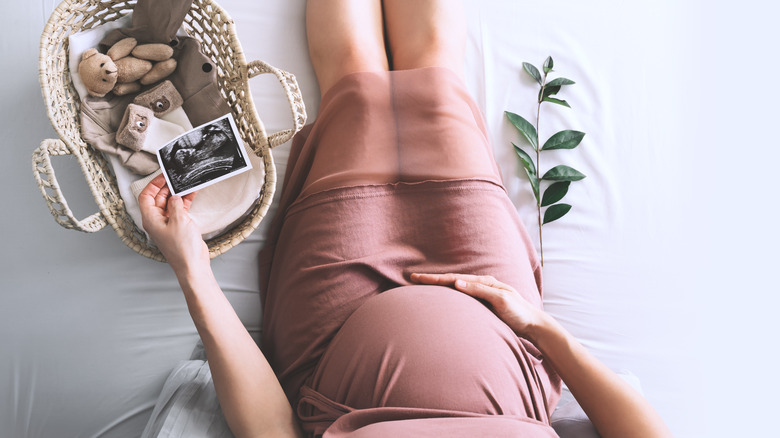Why Home Births Are Taking A Sharp Rise In The US
As the age-old saying goes, home is where the heart is. Many pregnant people seem to agree, forgoing the maternity ward and opting for home births. According to a report published by the U.S. Centers for Disease Control and Prevention, 2021 witnessed the highest levels of home births since 1990. It began with a 22% increase in home births from 2019 to 2020, which was followed by a 12% increase from 2020 to 2021. Home births date back centuries and require the assistance of trained midwives, according to the American Pregnancy Association. Doulas, who take on a different role than midwives, are often present as well.
Not everyone is on board with the centuries-old practice, however. The American College of Obstetricians and Gynecologists recommend hospitals and accredited birth centers as the safest option for deliveries. It reports that home births are associated with higher risks of prenatal and neonatal fatalities. So what has many expecting parents choosing the comfort of their own home over hospitals?
What is causing the home birth surge?
Home births offer an atmosphere hospitals can not. Especially without health insurance, home births can be greatly cheaper than hospital deliveries. But according to Elizabeth Gregory, an author of the CDC report, there is not any concrete reason for why this surge is occurring (via U.S. News). Many point to the COVID-19 pandemic as a deterrent from hospitals. Being pregnant during a pandemic gave way to a very different pre and post-natal experience. In speaking with Consumer Reports, Tom Frieden, director of the CDC, argued, "Hospitals can be hot spots for infections and can sometimes amplify spread."
Not every home birth is a conscious choice, either. The American College of Obstetricians and Gynecologists reports that a quarter of the annual home births in the United States are unplanned. This can be due to being unable to reach a hospital in time, premature births, or a number of unforeseen events. Even with the increase in home births, the CDC reports, this delivery method only accounts for 1% of annual births in the United States.

